Western security services need to be on guard to handle a new terrorist threat from Syria.
With numerous foreign fighters converging in Syria over the last couple of years, the following question needs to be asked: What happens to the face of terrorism once the foreign fighters return home?
When demonstrations in Syria first began, the dream was to follow the Arab Spring that had spread throughout the region. Those in Syria who were tired of Bashar al-Assad’s dictatorship saw their chance for a better way of life.
As a result, peaceful anti-government demonstrations started, but they soon turned into an armed conflict after the Syrian government began shooting at those demonstrators.
The Free Syrian Army (FSA), which evolved in July 2011 with the political goal of removing President Assad, started fighting against the government. Foreign fighters joined the FSA and its battle but, as with Iraq, Mali and Egypt where chaos reigns, they were joined by extremist elements.
Initially, the FSA were grateful for their support in the war. However, many Salafists who joined the FSA hoped they would fight for a stake in the country once the conflict had finished.
Islamist groups — including the al-Nusra Front (ANF), Islamic State in Iraq and the Levant ISIS), Syrian Islamic Front (SIF), and the Syrian Islamic Liberation Front (SILF) — evolved during the war and were joined by many foreign fighters. These groups now fight for a different reason: to establish a Caliphate in which Islamic law would rule.
Fighters from many countries have switched allegiances toward these Islamist groups, either due to their preconceived beliefs or because they were swayed by jihadist ideology.
As reported by The Daily Telegraph, Israeli officials place the number of foreign fighters at approximately 30,000. This figure is far greater than anyone has reported in the past. Relatedly, many analysts point out that a great number fighters are from Muslim countries, but also speak of a growing contingent from the West.
The Next Target
Israel believes that once the Syrian Civil War is over, Salafi jihadists will turn their attention on them instead, aiming to retake the al-Aqsa Mosque and al-Quds (Jerusalem). This may be the case, but many foreign fighters are more likely to return back to Europe and the United States.
Many of them were trained by extremists with a particular goal in mind. Once trained and battle-hardened, they are being recruited and encouraged to return home to carry out terrorist attacks. This makes Western countries potential targets.
The “new terrorists,” whose training include how to make explosives and carry out suicide attacks, are also being encouraged by their trainers to talk about places they would like to target in their home country.
Indeed, attacks by terrorists using bomb-making equipment is not new to the West. However, security services have increasing problems with identifying these people when they return.
British security services have publicly admitted that these individuals are taking up a great deal of time and resources. If these new-style terrorists were to successfully return back to their countries of origin, what would they do in order to continue their fight?
Lone wolf attacks would be one way of committing terrorism. But with no real guidance or strategy other than to give al-Qaeda and its affiliates a small propaganda coup, such attacks would have no real effect and would be insignificant.
Terrorist organizations crave media attention, so the greater the act of terrorism the better the propaganda — as was seen in the Westgate attack in Nairobi last September. Past examples also include the Mumbai attacks in November 2008 by Lashkar-e-Taiba, and an attack on a mall in Kirkuk on December 5, 2013.
These types of attacks may become the style of the future due to inspiration, success, propaganda and media coverage, especially if carried out in Europe and the US.
High deaths with maximum publicity from these styles of attacks would give terrorist recruiters a platform to persuade others to join them. These attacks, no matter where they occur in the US or Europe, would also show those who support al-Qaeda that they are still a force to be reckoned with.
Moreover, attacks against the US or its allies in Europe would show al-Qaeda members and its sympathizers that they are staying committed to their original ideology.
In 1996, Osama bin Laden stated in a document that his intentions were to drive American Crusaders and their allies from the Land of Two Holy Places (Saudi Arabia) and continue attacking them until they were defeated.
Thus, using jihadists returning back to their home states to continue the fatwa issued in 1996 would show al-Qaeda supporters and sympathizers that they are still motivated by that ideology.
Attacks on targets — no matter where or what — by these new terrorists would give the al-Qaeda much needed new strength by using the propaganda for recruitment and to incite others to attack their enemy.
Overall, the US continues to be seen as one of the main obstacles for jihadists reaching their goal of the world becoming an Islamic movement.
Attacks in the West
In some countries, the ability to obtain weapons and explosives would be more difficult than in others. However, the smuggling of weapons and explosives from Africa into Europe would certainly give France a reason to fear these new domestic terrorists, especially after its military involvement in Mali.
Past attacks may well be seen as rehearsals for future ones in the West, making it easier for radicalized former fighters returning from Syria to emulate them in their home countries.
Within the West, this would allow a new wave of terrorism that has escaped those countries for some time. Those returning from Syria pose one of the greatest threats the West has seen since 9/11, the Madrid attacks, and the London bombings.
On September 13, 2013, al-Qaeda leader Ayman al-Zawahiri urged Muslims to conduct small-scale attacks inside the US and presumably Europe in order to bleed the economy dry.
Moreover, on August 19, 2013, there were reports that al-Qaeda was planning to target European rail networks. Attacks would include planting explosives on rail lines, in trains, inside rail tunnels, and targeting electrical cabling. With long lines of unguarded track and with no security inside railway tunnels, these would be easy targets and pose a significant threat.
An important element to consider here are Turkey’s porous borders with Syria, through which the smuggling of logistics and manpower flows unheeded. This poses a huge problem for security services in identifying those fighters returning back to the West.
There are bound to be many sympathizers, who would act in order to give returning jihadists a safe haven where they could plan attacks in Europe and the US.
Some returning fighters may feel their respective home countries would be the best place to continue their struggle due to the West’s reluctance to assist the armed opposition in Syria, especially after the climb-down over Assad’s chemical weapons. These fighters may also blame the West for allowing the situation in Syria to deteriorate and allowing Muslims to be killed by a “modern army” without providing help.
Whereas the outcome of the Syrian Civil War remains unclear, there will certainly be skilled terrorists returning back to Europe and the US. Their mind-set will have changed from their time in a conflict theater in which they were exposed to a radical ideology.
It is only a matter of time before a major terrorist attack occurs. The security services throughout the West need to be ready to identify those returning from Syria and, where necessary, arrest and debrief in order to obtain more knowledge of this new threat.
*[This article was produced in partnership with 361 Security.]
The views expressed in this article are the author’s own and do not necessarily reflect Fair Observer’s editorial policy.
Support Fair Observer
We rely on your support for our independence, diversity and quality.
For more than 10 years, Fair Observer has been free, fair and independent. No billionaire owns us, no advertisers control us. We are a reader-supported nonprofit. Unlike many other publications, we keep our content free for readers regardless of where they live or whether they can afford to pay. We have no paywalls and no ads.
In the post-truth era of fake news, echo chambers and filter bubbles, we publish a plurality of perspectives from around the world. Anyone can publish with us, but everyone goes through a rigorous editorial process. So, you get fact-checked, well-reasoned content instead of noise.
We publish 2,500+ voices from 90+ countries. We also conduct education and training programs
on subjects ranging from digital media and journalism to writing and critical thinking. This
doesn’t come cheap. Servers, editors, trainers and web developers cost
money.
Please consider supporting us on a regular basis as a recurring donor or a
sustaining member.
Will you support FO’s journalism?
We rely on your support for our independence, diversity and quality.


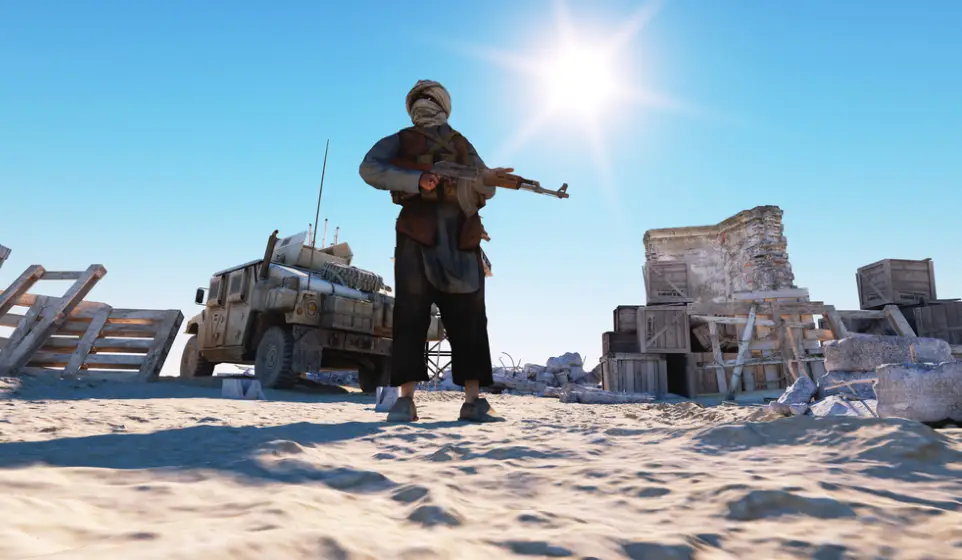
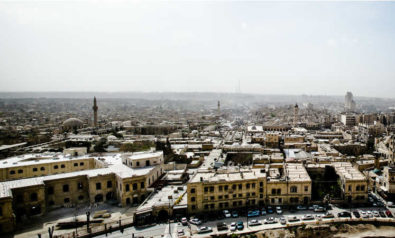


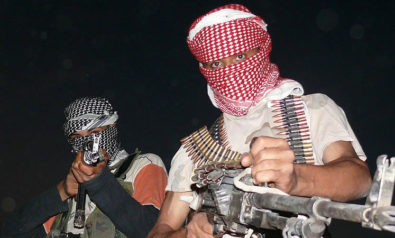
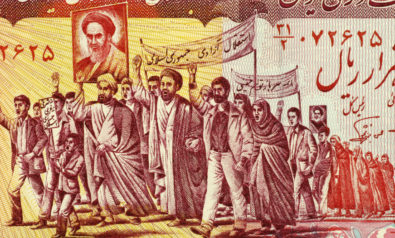


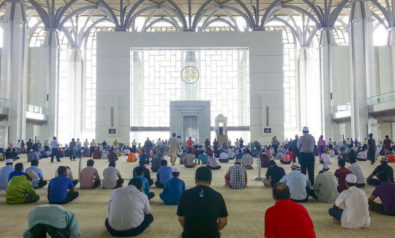


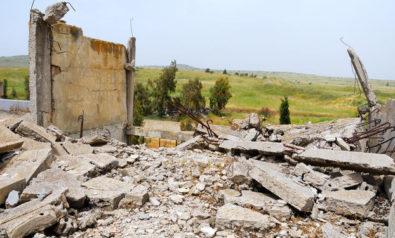



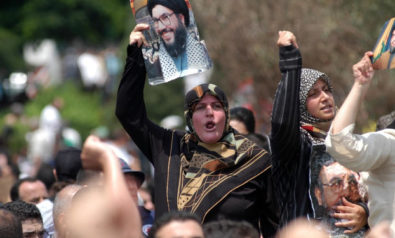



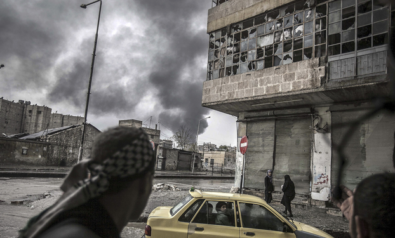

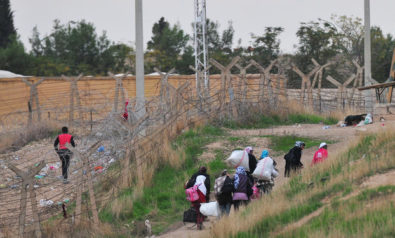

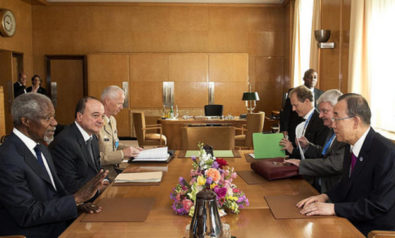

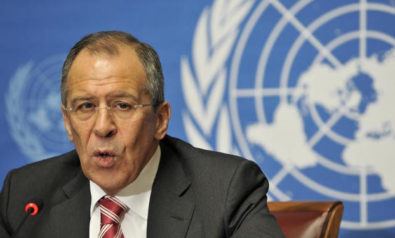

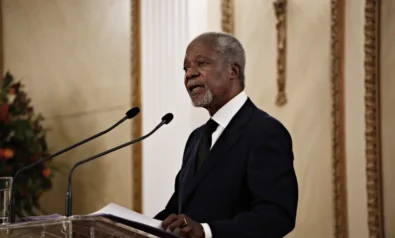

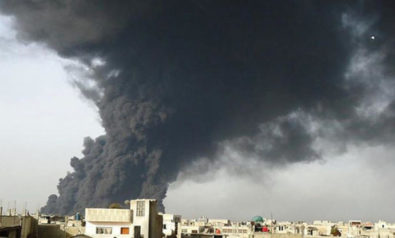

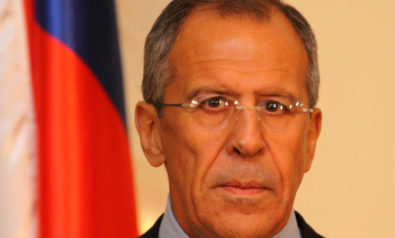
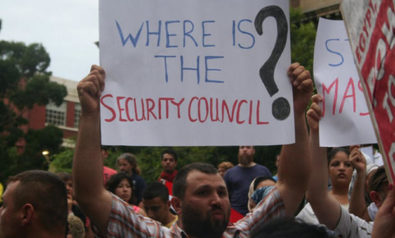



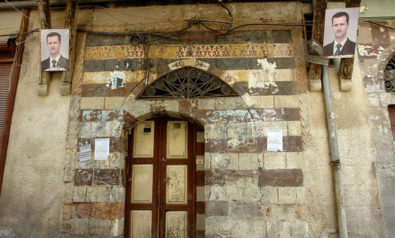



Comment